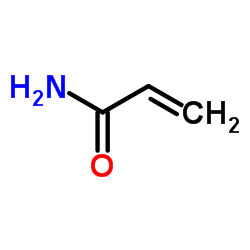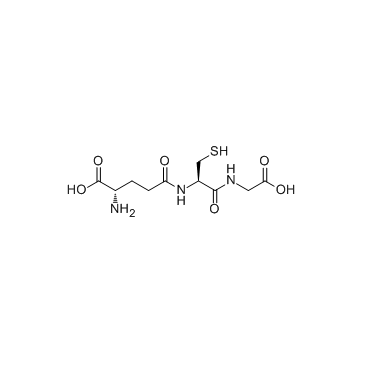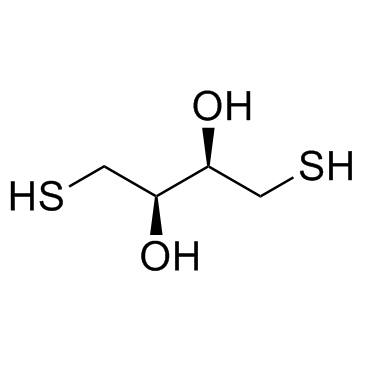| Structure | Name/CAS No. | Articles |
|---|---|---|
 |
Glycerol
CAS:56-81-5 |
|
 |
sodium chloride
CAS:7647-14-5 |
|
 |
L-(+)-Lysine monohydrochloride
CAS:657-27-2 |
|
 |
Acrylamide Crystals
CAS:79-06-1 |
|
 |
SODIUM CHLORIDE-35 CL
CAS:20510-55-8 |
|
 |
Glutathione
CAS:70-18-8 |
|
 |
L-Lysine hydrochloride
CAS:10098-89-2 |
|
 |
DL-Dithiothreitol
CAS:3483-12-3 |